AI
Top 5 Failed AI Startups That Couldn’t Crack the Code.
Exploring the reasons behind the downfall of some promising AI ventures and lessons for the future
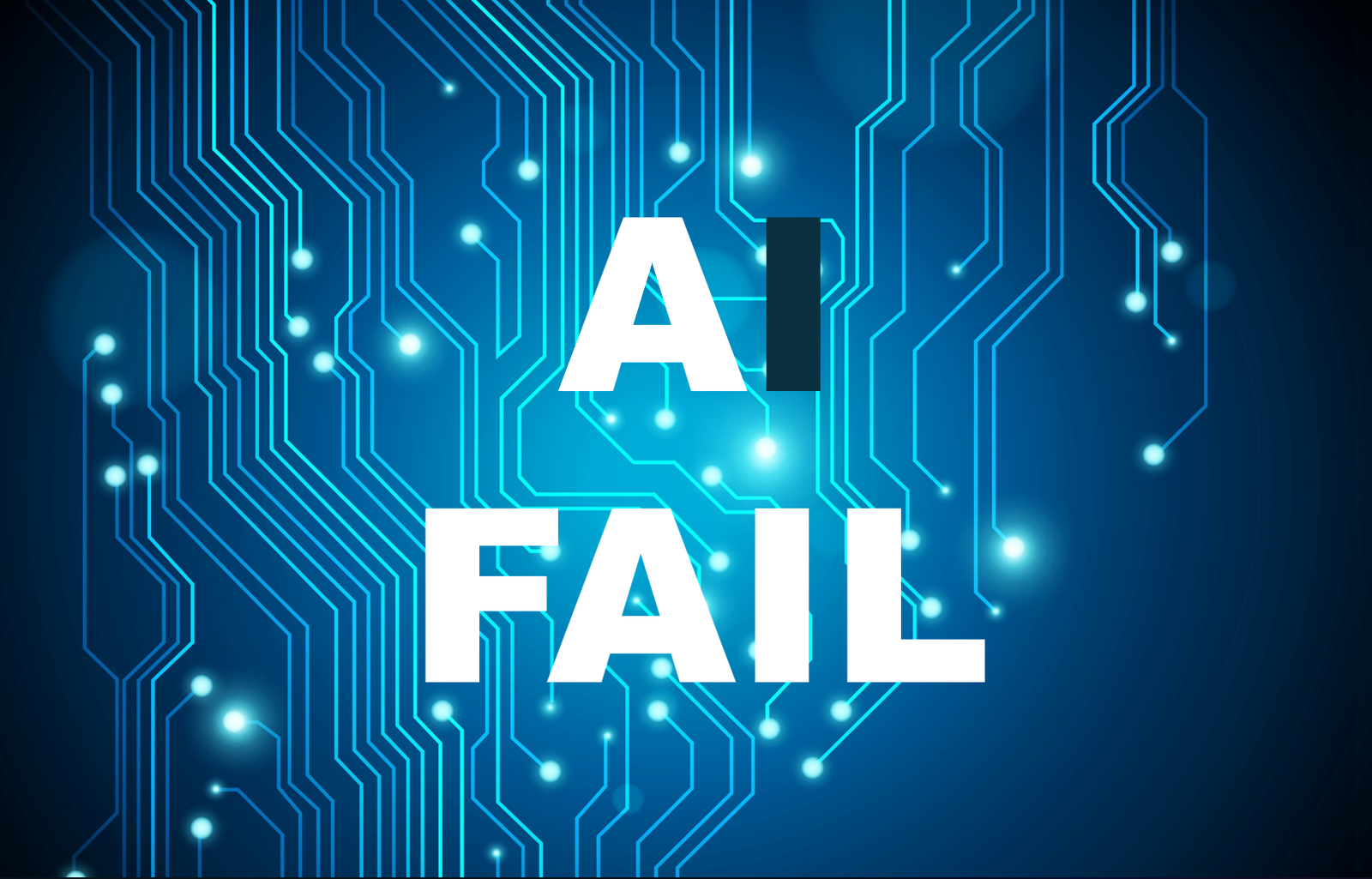
Exploring the reasons behind the downfall of some promising AI ventures and lessons for the future.
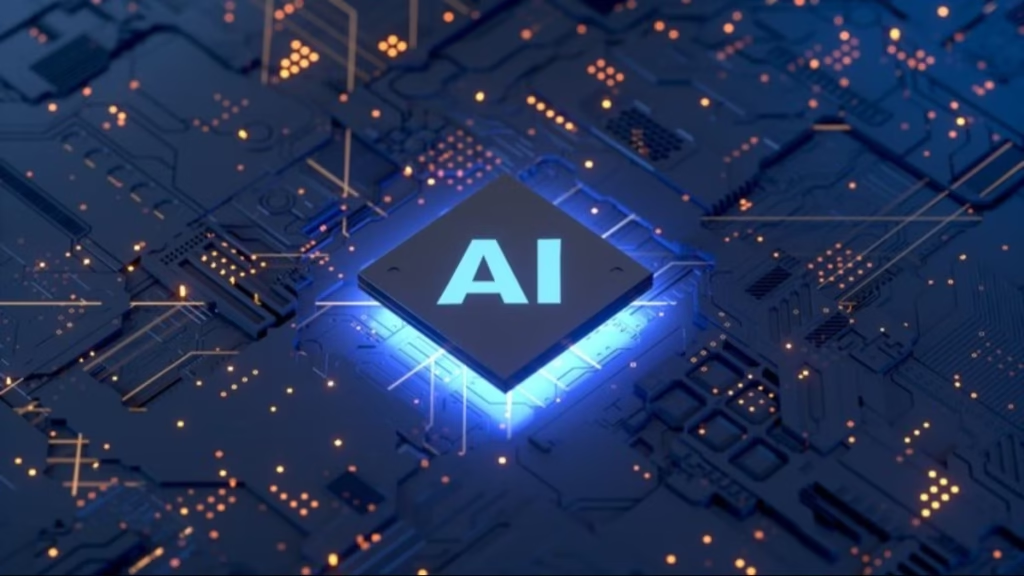
Artificial Intelligence has undoubtedly reshaped the tech landscape over the past decade, fueling innovation and investment worldwide. However, not every AI startup has ridden the wave of success. Despite attracting significant funding and talent, some ambitious AI companies failed to deliver on their promises, leading to closures or pivots. Here, Daily Global Diary takes a closer look at the top 5 failed AI startups, exploring what went wrong and what industry insiders can learn from their journeys.
1. Rethink Robotics

Founded with the mission to revolutionize manufacturing through intelligent robots, Rethink Robotics developed collaborative robots like Baxter and Sawyer. These robots promised to safely work alongside humans on factory floors. Despite early enthusiasm and backing, the company struggled with limited adoption due to technical limitations and high costs. The robots fell short in adaptability and ease of deployment, making them less competitive. After years of losses, Rethink Robotics shut down in 2018, with their assets acquired by another firm.
2. Vicarious

Touted as one of the most promising AI startups, Vicarious aimed to build human-level intelligence using computational neuroscience. Backed by big names like Mark Zuckerberg and Elon Musk, the company promised breakthroughs in robotics and automation. However, despite raising over $150 million, Vicarious struggled to achieve scalable results or commercial products. The complex nature of general AI proved too difficult, and the company eventually pivoted towards more conventional machine learning approaches, losing much of its early hype.
3. Zoox

Zoox was an autonomous vehicle startup focusing on creating a robotaxi service. The company raised nearly a billion dollars and was acquired by Amazon in 2020. Despite this, Zoox faced major technical hurdles and regulatory delays in deploying its vehicles. High costs and stiff competition from established players like Waymo made profitability challenging. In 2023, Amazon reportedly scaled back Zoox’s ambitions significantly, marking it as a cautionary tale in autonomous mobility.
4. Jibo

Jibo launched with the promise of bringing social robots into homes, aiming to create a charming, interactive AI companion. The robot gained attention and consumer funding but faced issues with functionality and privacy concerns. The device’s high price and limited practical use led to poor sales. Within a few years, Jibo’s parent company declared bankruptcy, and the product was discontinued.
5. Nuro

Nuro was an autonomous delivery startup aiming to transform local commerce by using small self-driving vehicles to deliver groceries and goods. Despite raising over $1 billion and partnerships with major retailers like Walmart and Domino’s, Nuro faced challenges related to regulatory approvals, safety concerns, and scaling its technology. The high cost of deployment and slow adoption limited its commercial success. While still operating, Nuro has significantly scaled back its ambitions, making it a prime example of an AI startup struggling to find sustainable growth.
The journeys of these top failed AI startups reveal a common thread: groundbreaking technology alone does not guarantee success. Whether it’s due to overambitious goals, market readiness, scalability issues, or operational challenges, even the most promising AI ventures can falter. The lessons from these failures underscore the importance of balancing innovation with practical application, cost-effectiveness, and clear consumer or business value. As AI continues to evolve at a rapid pace, entrepreneurs and investors must navigate these challenges carefully to transform bold ideas into sustainable, impactful businesses. Learning from the missteps of these fallen giants is crucial for paving the way toward the next wave of AI success stories.
Let us know if we missed any AI Start-up!
AI
Top 5 Mind Blowing Features of ChatGPT You’re Probably Not Using Yet
From writing your code to remembering your favorite coffee order, ChatGPT’s latest features are redefining what it means to have an AI assistant.

In the ever-evolving world of AI, ChatGPT by OpenAI remains one of the most powerful and accessible tools available to users across the globe. But beyond just answering questions or writing essays, ChatGPT is now packed with features that many users haven’t even discovered yet. Whether you’re a student, entrepreneur, coder, or content creator, these top 5 features of ChatGPT in 2025 are total game changers.

1. Memory That Remembers You
One of the most revolutionary updates to ChatGPT is its Memory feature—available to ChatGPT Plus users. This allows the AI to remember facts about you, your preferences, and past conversations. Whether it’s your writing tone, favorite tools, or the fact that you hate semicolons in your code, ChatGPT tailors responses to your style over time.
You can manage memory easily and even wipe it clean if you want a fresh start. Think of it as a personal AI that grows smarter the more you use it.
2. Advanced Data Analysis and File Uploads
ChatGPT now lets you upload documents, spreadsheets, and PDFs, and it can analyze data, extract insights, create summaries, and generate charts in seconds.
Whether you’re a student reviewing a research paper, a marketer analyzing campaign data, or a founder preparing reports, this feature makes handling complex files effortless.
3. Custom GPTs for Anything You Imagine
With the introduction of Custom GPTs, OpenAI now allows users to build their own version of ChatGPT—no coding required. You can fine-tune behavior, add custom instructions, or even integrate third-party APIs to make it act like a travel planner, writing coach, or coding mentor.
There’s also a public Explore GPTs store where users can browse community-created GPTs and use them instantly. This opens a world of possibilities where everyone can create their own AI assistant.
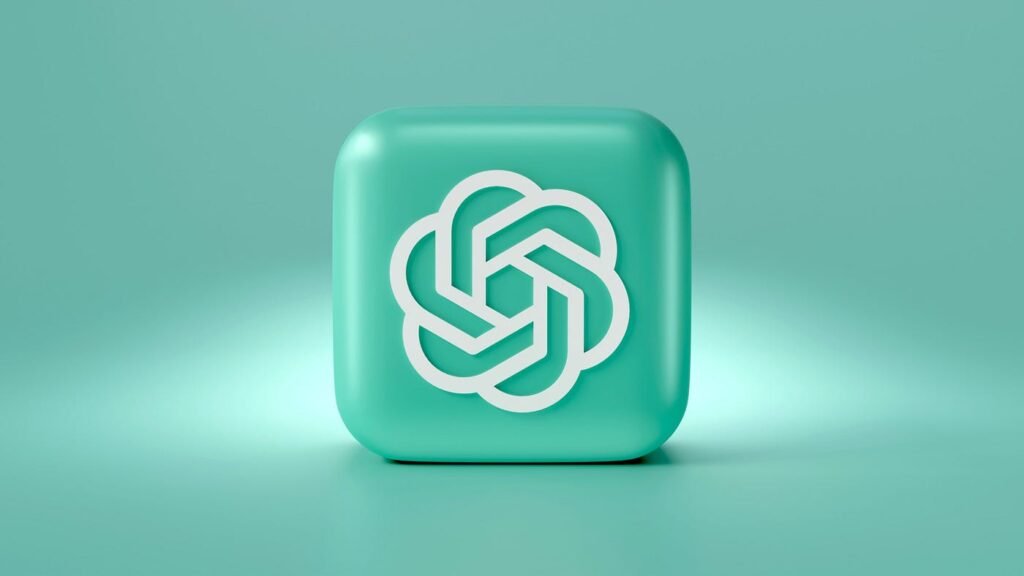
4. Deep Web Browsing Capability
Unlike older versions, ChatGPT Plus now comes equipped with web browsing capabilities. This means the AI can search the internet in real time, provide up-to-date information, and cite sources for its findings. It’s ideal for news, research, product comparisons, or anything that goes beyond its knowledge cut-off.
No more worrying about outdated info—ChatGPT is now as current as your browser tab.
5. Code Interpreter aka Python Sandbox (a.k.a. “Advanced Tools”)
ChatGPT’s built-in code interpreter—also known as Python sandbox or Advanced Data Analysis (ADA)—is a hidden gem. It can run calculations, generate plots, clean datasets, and even write complex functions live within your conversation.
It’s especially loved by data scientists and engineers, but even non-coders can use it to automate tasks or visualize data with just a simple prompt.

Final Thoughts
In 2025, ChatGPT is no longer just a chatbot—it’s a versatile AI platform designed to make your life smarter, faster, and more efficient. From personalized memory and coding tools to web browsing and custom AI assistants, these features are only scratching the surface of what’s possible.
Whether you’re using ChatGPT for work, study, or just curiosity, these five features will help you unlock its full potential—and maybe even replace a few apps on your device along the way.
AI
ChatGPT vs Claude AI Which One Understands You Better in 2025
With OpenAI’s ChatGPT and Anthropic’s Claude AI going head-to-head, users are asking: which AI actually listens, learns, and responds more like a human?

As artificial intelligence becomes a daily tool for millions—whether it’s for writing emails, coding, customer service, or casual conversation—the debate has never been hotter: ChatGPT or Claude AI? In 2025, both OpenAI and Anthropic have launched powerful upgrades, but the real question for users remains: which AI understands you better?

1. Origins and Philosophy
ChatGPT, built by OpenAI, stems from the now-famous GPT (Generative Pre-trained Transformer) architecture. It’s designed to be conversational, creative, and versatile, and is the AI behind Microsoft’s Copilot in Word, Excel, and Bing. It pulls from a massive dataset and has been refined through Reinforcement Learning from Human Feedback (RLHF) to give detailed, human-like answers.
Claude AI, developed by Anthropic, is the brainchild of former OpenAI researchers like Dario Amodei. Claude is trained using a different method called Constitutional AI, which aims to align responses with ethical principles and promote safe, steerable, and user-friendly behavior. The goal? Create an AI that’s less likely to hallucinate or give unsafe responses—even under pressure.
2. Understanding Context and Instructions
When it comes to understanding complex prompts, ChatGPT-4-turbo remains a favorite. It can process large chunks of information, summarize long texts, and maintain coherent, multi-turn conversations. It’s particularly adept at handling creative writing, logic-based tasks, and adjusting tone on command.
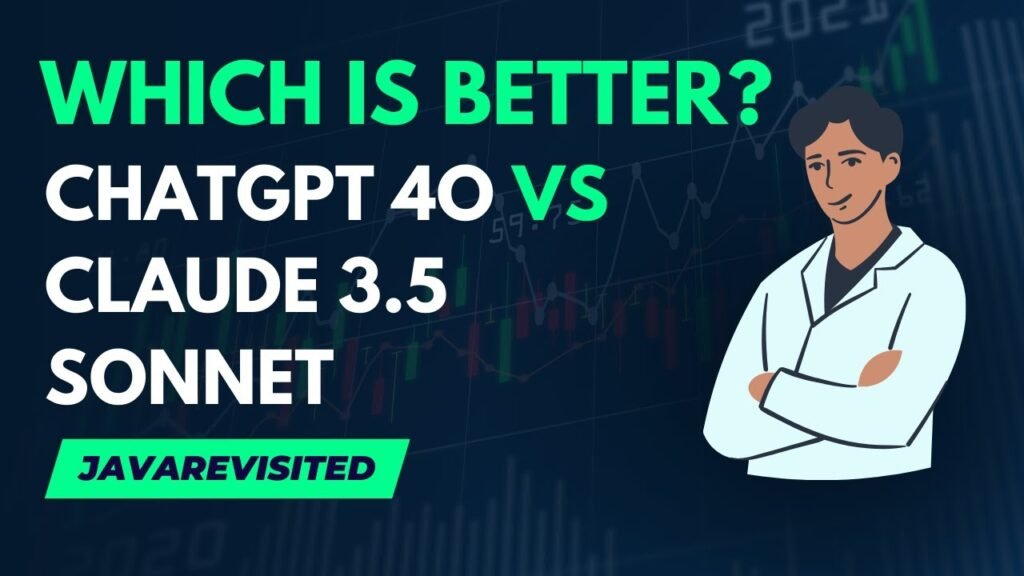
However, Claude 3.5 Sonnet has caught up fast. Many developers report that Claude excels in nuanced comprehension—especially when instructions involve emotional tone, safety, or ethical considerations. Claude is more likely to ask clarifying questions, while ChatGPT often “fills in the blanks” confidently, even if not always accurately.
Verdict: If you want clarity, safety, and a second opinion before jumping to conclusions, Claude may understand intent better. If you want fast, creative answers with style, ChatGPT leads.
3. Coding and Technical Tasks
This one’s tight. ChatGPT, integrated with GitHub Copilot, has long been a coder’s assistant of choice. It writes, debugs, and refactors code in seconds. It also supports a wide range of plugins and can even run code internally for more dynamic answers.

But Claude has surged in popularity among developers using tools like Cursor and Windsurf. With Claude Code, Anthropic’s agentic coding platform, Claude now performs exceptionally well in understanding developer intent, especially for large projects or long prompts. Its safety mechanisms also reduce the chances of generating insecure or buggy code.
Verdict: ChatGPT remains slightly ahead on real-time code execution and integrations. But Claude is catching up quickly with better alignment and contextual awareness.
4. Memory and Personalization
OpenAI’s ChatGPT Plus users now enjoy memory features, allowing the AI to recall preferences, past conversations, and custom instructions. It’s a game-changer for people who want a truly personal AI assistant.
Claude, while less aggressive in personalization, emphasizes user control and privacy. It doesn’t store as much information between sessions unless explicitly designed to, which may be ideal for users wary of long-term data tracking.
Verdict: If you want a personalized assistant, ChatGPT wins. If you prefer privacy-first conversations, Claude feels safer.
5. Safety and Ethical Boundaries
This is where Claude truly shines. Anthropic’s Constitutional AI training makes it much more cautious in responding to controversial or unsafe prompts. Claude is less likely to make bold assumptions or give answers in gray areas.
ChatGPT, while safer than earlier models, can still occasionally offer content that feels unfiltered—though OpenAI has made serious improvements in safety tools and moderation over time.
Verdict: Claude is more aligned with ethical boundaries and cautious behavior, while ChatGPT can be more adventurous but slightly riskier.
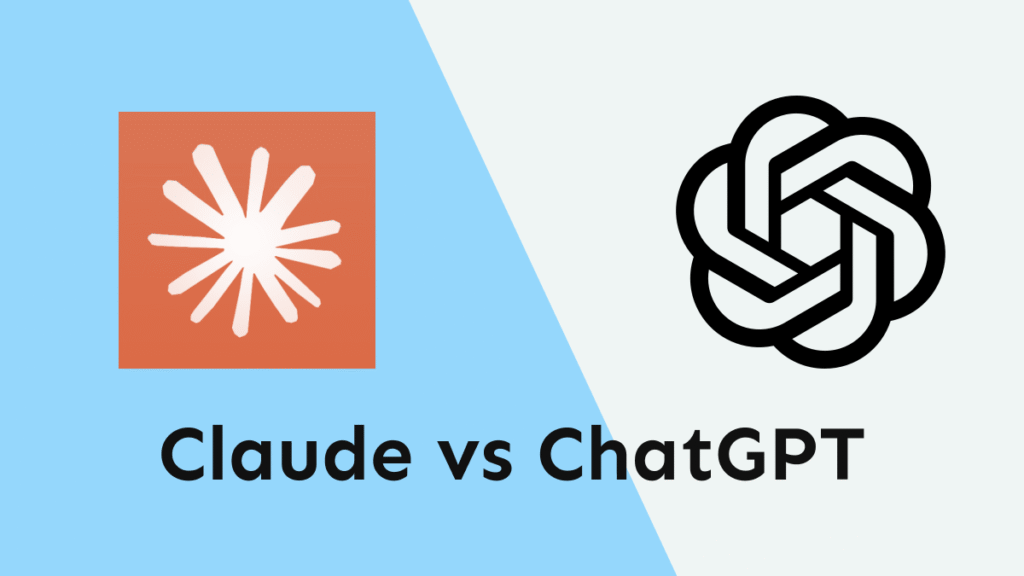
Final Thoughts
So, which AI understands you better in 2025?
It depends on your priorities. If you’re looking for creative flair, coding versatility, and deep integrations, ChatGPT is still the powerhouse. But if you value interpretation, thoughtful feedback, and ethical consistency, Claude AI may be your perfect match.
The truth? We’re lucky to live in a world where you don’t have to pick just one. And as both models continue evolving, the real winner might just be the user.
Personality
Dario Amodei Net Worth in 2025 Reveals the Rising Fortune Behind AI’s Safety-First Visionary
From OpenAI researcher to Anthropic CEO, Dario Amodei is quietly building wealth—and a powerful new direction for artificial intelligence.

While he may not have the celebrity status of Elon Musk or the corporate spotlight of Sam Altman, Dario Amodei is emerging as one of the most influential minds in artificial intelligence—and his net worth is beginning to reflect it. As of 2025, Dario Amodei’s estimated net worth is around $550 million, based on equity holdings, private valuations of Anthropic, and reported investment rounds.

Amodei is the CEO and co-founder of Anthropic, the AI research company behind the Claude family of large language models, including the popular Claude 3 and the soon-to-be-released Claude 4. The company was founded in 2021 after Amodei and several colleagues left OpenAI, citing growing concerns about safety, transparency, and governance. From that moment, he pivoted from researcher to founder, and with it came the kind of financial upside only possible in Silicon Valley’s most ambitious startups.
Anthropic has since raised over $7.3 billion in funding from some of the biggest names in tech and finance. Backers include Amazon, Google, and Salesforce Ventures, with Amazon alone committing up to $4 billion in a partnership that makes Claude models a core part of AWS’s AI strategy. Based on Anthropic’s most recent valuation—estimated between $15 billion and $18 billion—Amodei’s stake in the company, believed to be between 3% to 5%, places his personal net worth comfortably in the half-billion-dollar range.
Unlike many founders, Dario Amodei has maintained a low public profile, choosing to focus on scientific research, policy discussions, and technical innovation. He is not known for lavish spending or attention-grabbing investments, preferring to channel his resources back into Anthropic’s mission: building safe, steerable, and transparent AI systems.

His wealth, while substantial, also reflects years of technical leadership, including his earlier work at OpenAI, where he played a critical role in developing GPT-2 and GPT-3, before eventually departing to pursue a more ethics-first approach to AI. Those foundational contributions still echo throughout the industry—and have undoubtedly boosted his credibility among investors and peers.
Amodei’s financial future is closely tied to Anthropic’s continued rise. As enterprise adoption of Claude models grows, especially in coding tools, cloud services, and agentic applications, the value of the company—and by extension, Amodei’s net worth—is likely to climb even higher.
Dario Amodei represents a new breed of AI leader—one focused not just on building smarter systems, but safer ones. And as AI becomes increasingly central to global infrastructure and economies, his vision may prove to be as valuable as his equity stake.
-

 Sports1 week ago
Sports1 week agoBlue Jays Humiliated in Tampa as John Schneider’s Comments Raise Eyebrows
-

 Personality5 days ago
Personality5 days agoDonald Trump’s net worth reveals the fortune behind the former US President and business mogul
-

 Entertainment6 days ago
Entertainment6 days agoTop 5 Oscar Moments That Shook Hollywood and the World
-

 Entertainment5 days ago
Entertainment5 days agoJonathan Joss Shot Dead at 59 in Texas Tragedy His Husband Says Was Hate-Fueled Crime
-
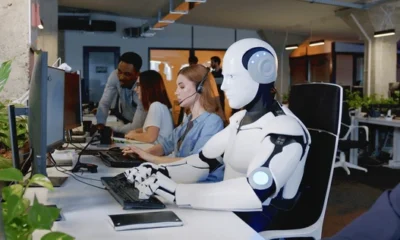
 Tech1 week ago
Tech1 week agoTop 7 AI Tools Every Corporate Employee Should Use in 2025.
-

 Films5 days ago
Films5 days agoRobert Pattinson’s Top 5 Films That Showcase His Evolution from Teen Idol to Indie Icon
-

 Personality5 days ago
Personality5 days agoLionel Messi’s Net Worth Revealed and How the Football Legend Built His Multi-Million Dollar Fortune
-

 Films5 days ago
Films5 days agoJames Gunn’s Net Worth Revealed How the Filmmaker Built His Fortune
























